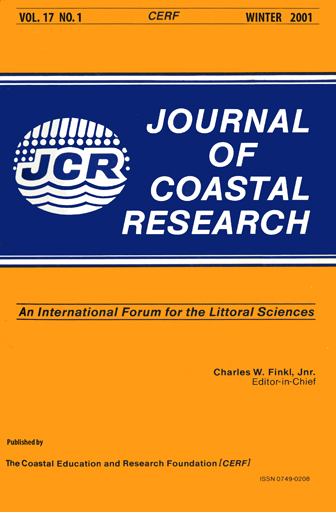Isolation of Leaf Protoplasts from Pancratium maritimum L. and Two Other Dune Plants: Possible Applications
Keywords:
Dune plants, protoplast techniques, ecophysiology.Abstract
: Protoplast techniques can be applied for studying physiological and biochemical processes in plant cells. In order to utilize these techniques, a method for isolation of viable protoplasts from dune plants was established. Using a combination of cellulase R-10 Onozuka, hemicellulase and pectinase protoplasts were isolated from younger leaves of Pancratium maritimum. Field-grown plants harvested in autumn or winter yielded approximately six times as many protoplasts per g of fresh tissue as did plants collected in spring (3.6-5 .3 X 106 versus 9 x 105 protoplasts per g of fresh tissue). No protoplasts were released from plants harvested in summer. The production of protoplasts from cultivated plants reached high yields of protoplasts (3.6 x 106) independent to the season. The viability of these protoplasts was 89.2% (±1.1).Within 2-3 days of liquid culture 88.6% (±3.6)of the protoplasts were able to regenerate cell-walls. First divisions were detected after 5-7 days of culture. By using the same procedure, yields of 2.31 x 106 and 1.28 X 104 protoplasts were obtained from field-collected leaves of Cakile maritima and Ammophila arenaria, respectively. Viability of protoplasts were 87.5% (±4.3) and 75.1% (±2.4), respectively. The potential applications of this method are discussed.Downloads
Published
2001-01-11
Issue
Section
Articles


